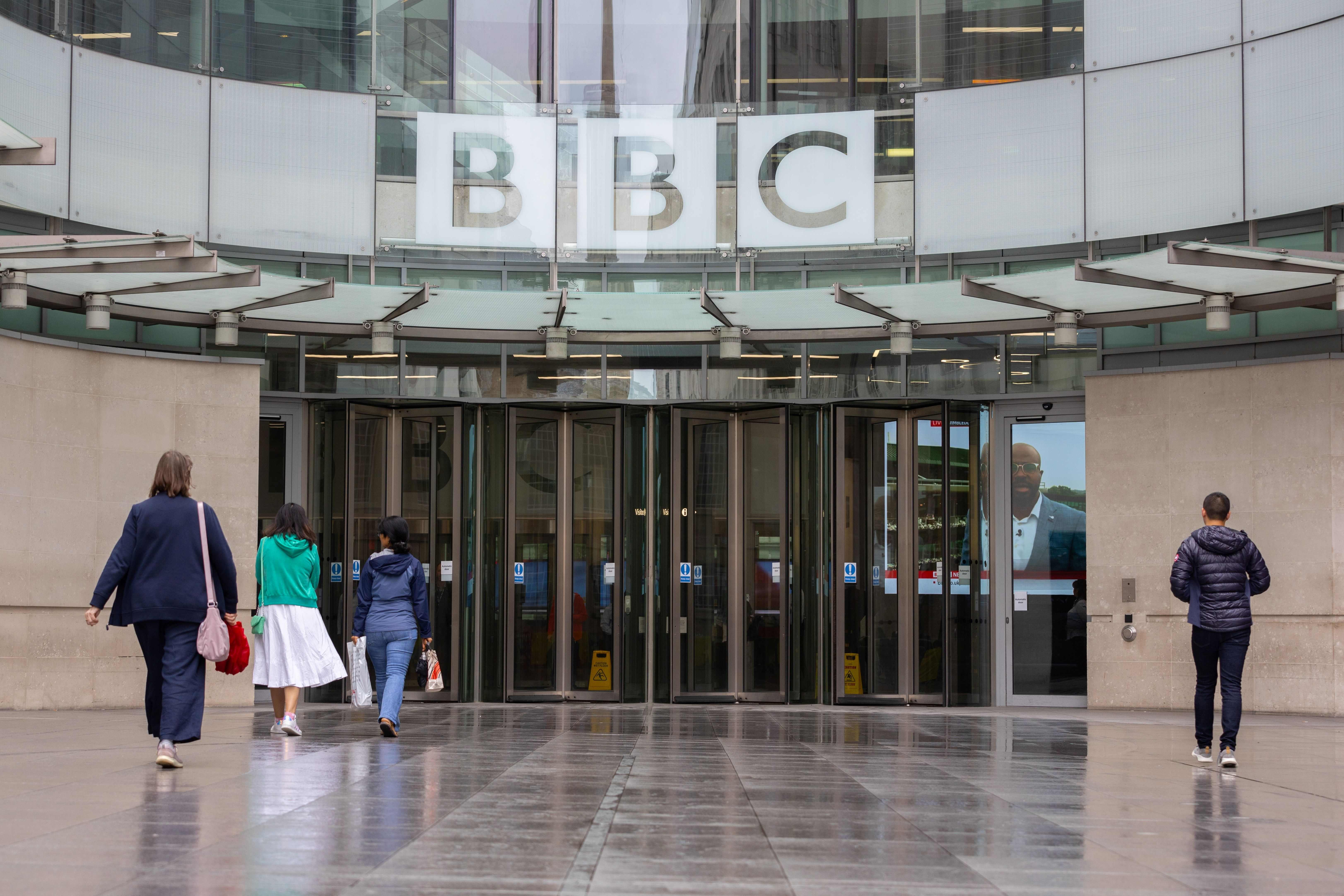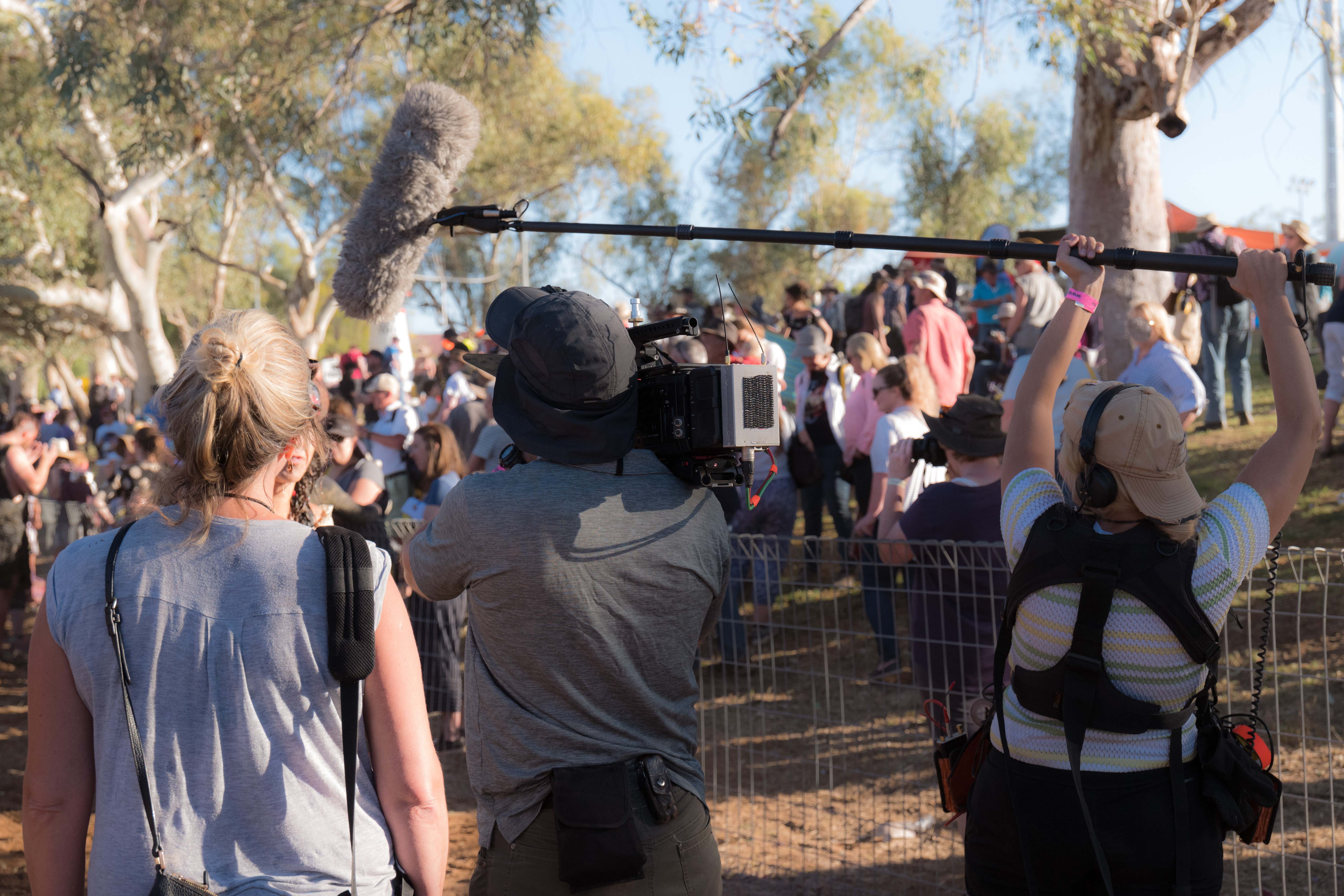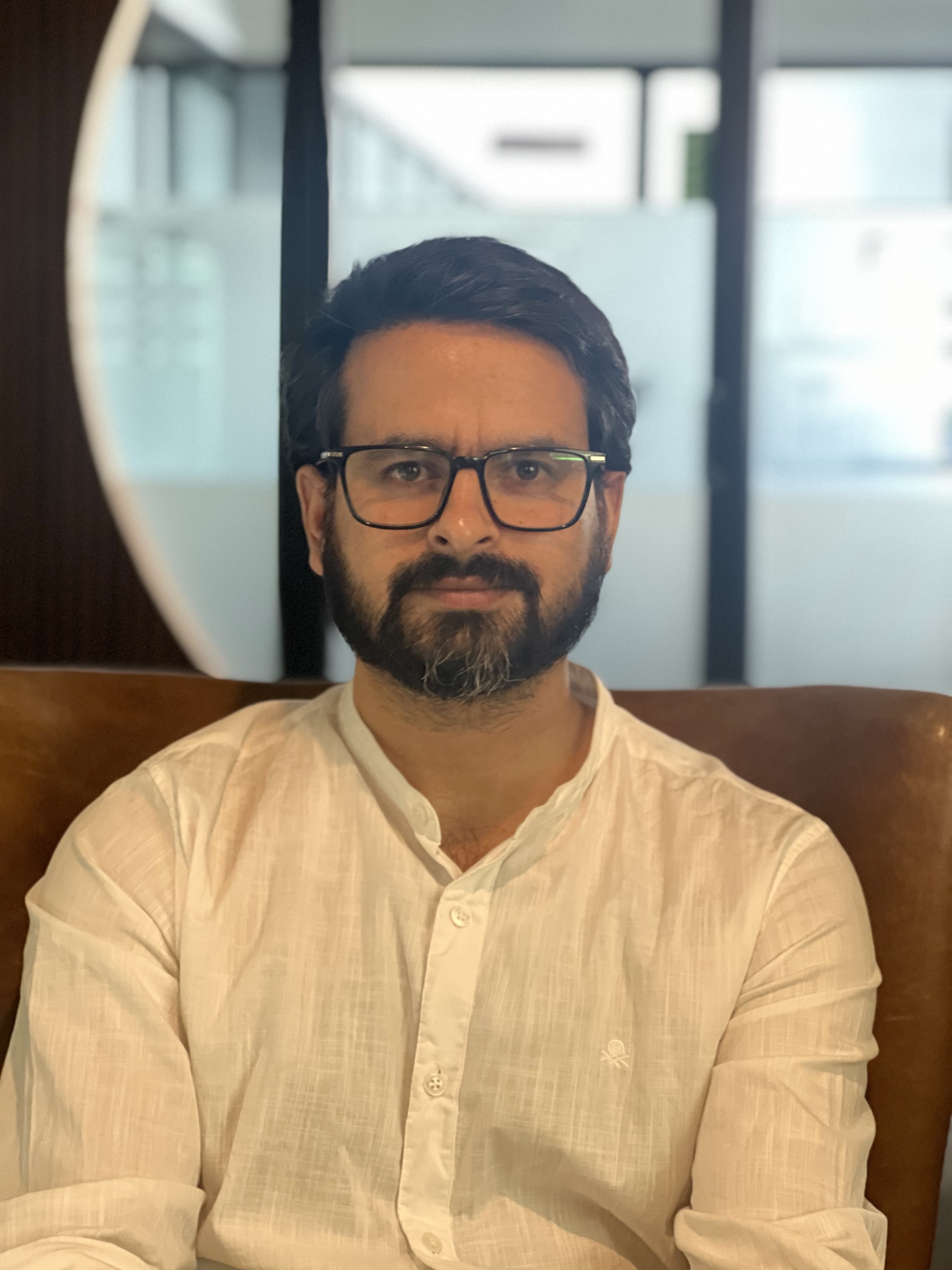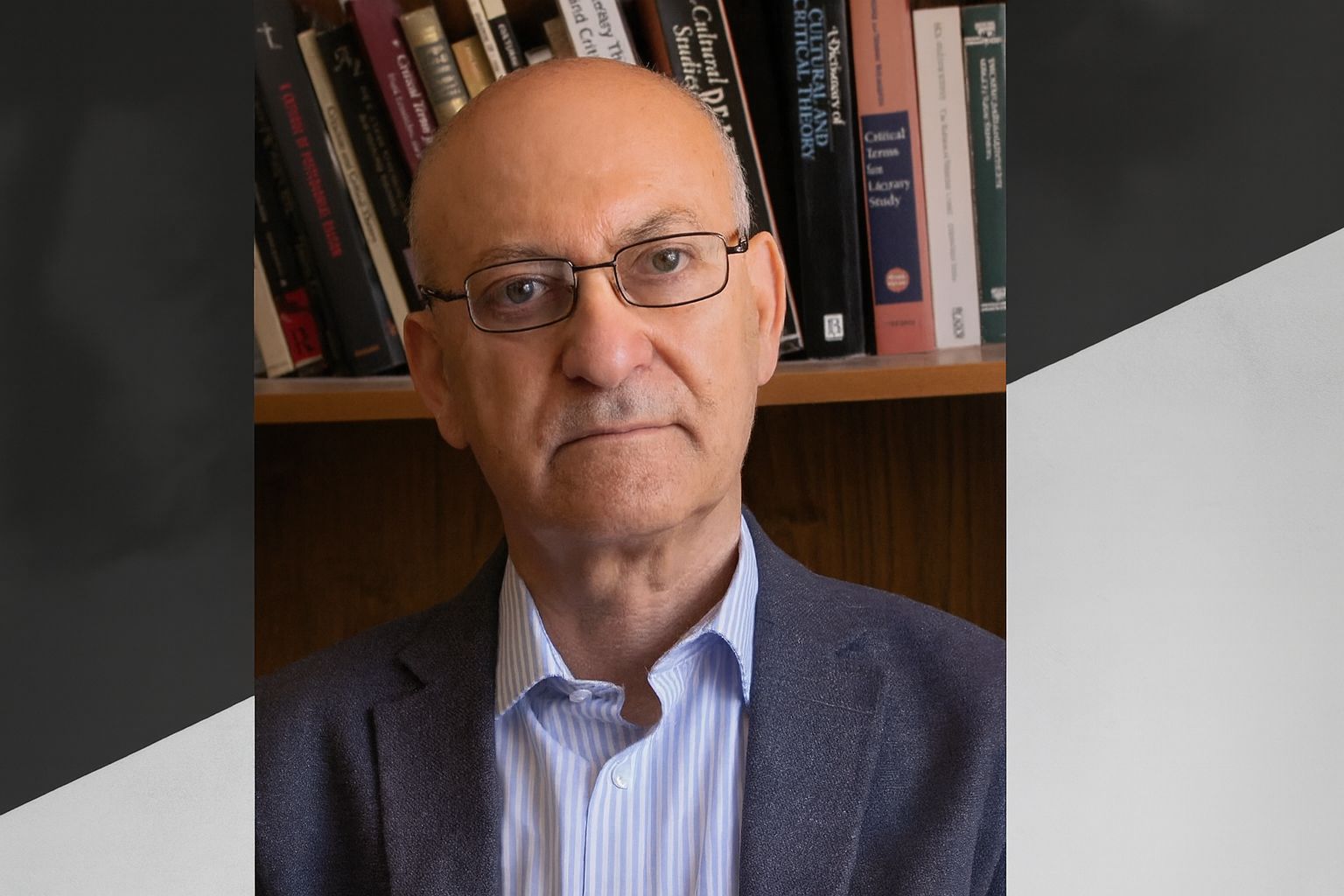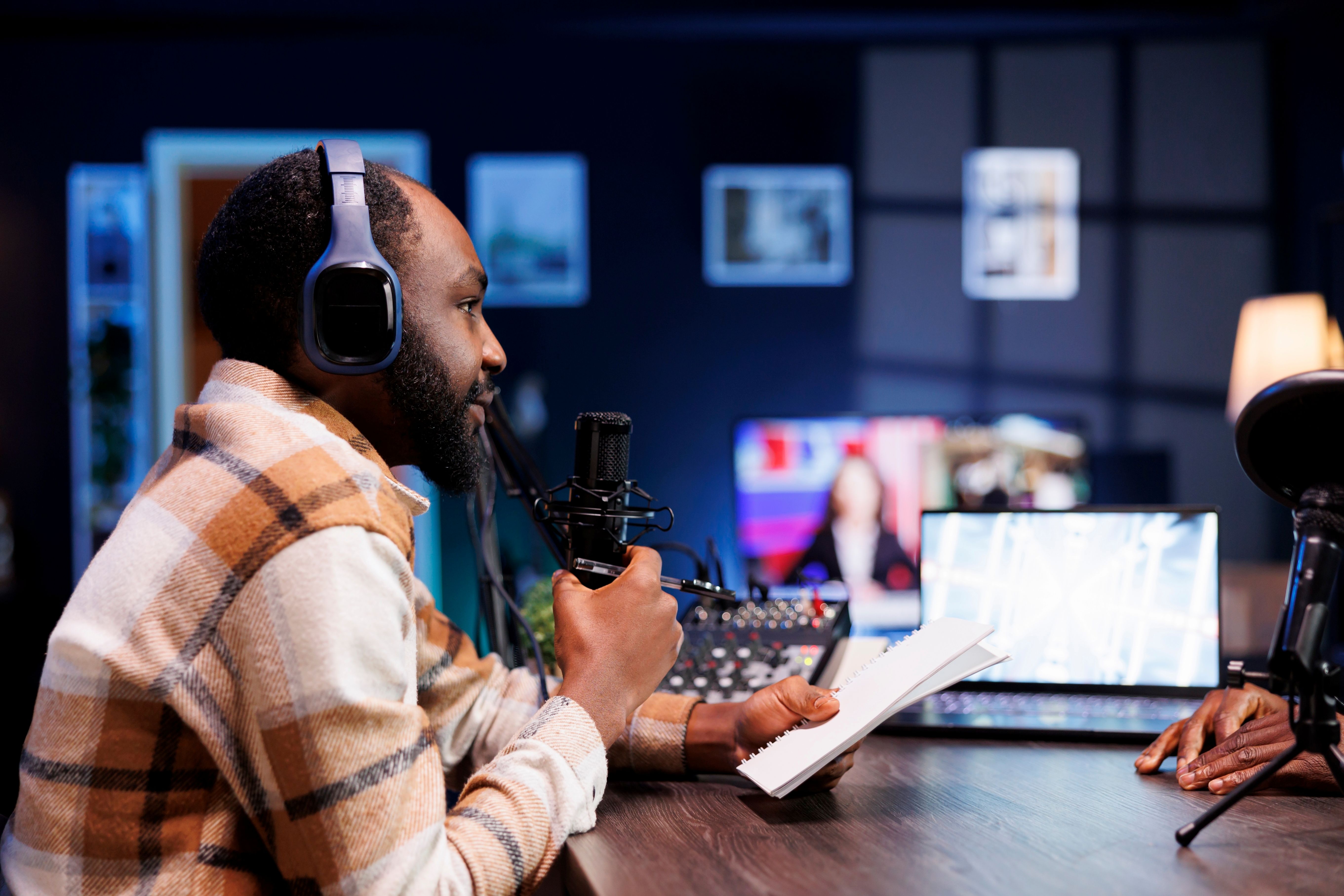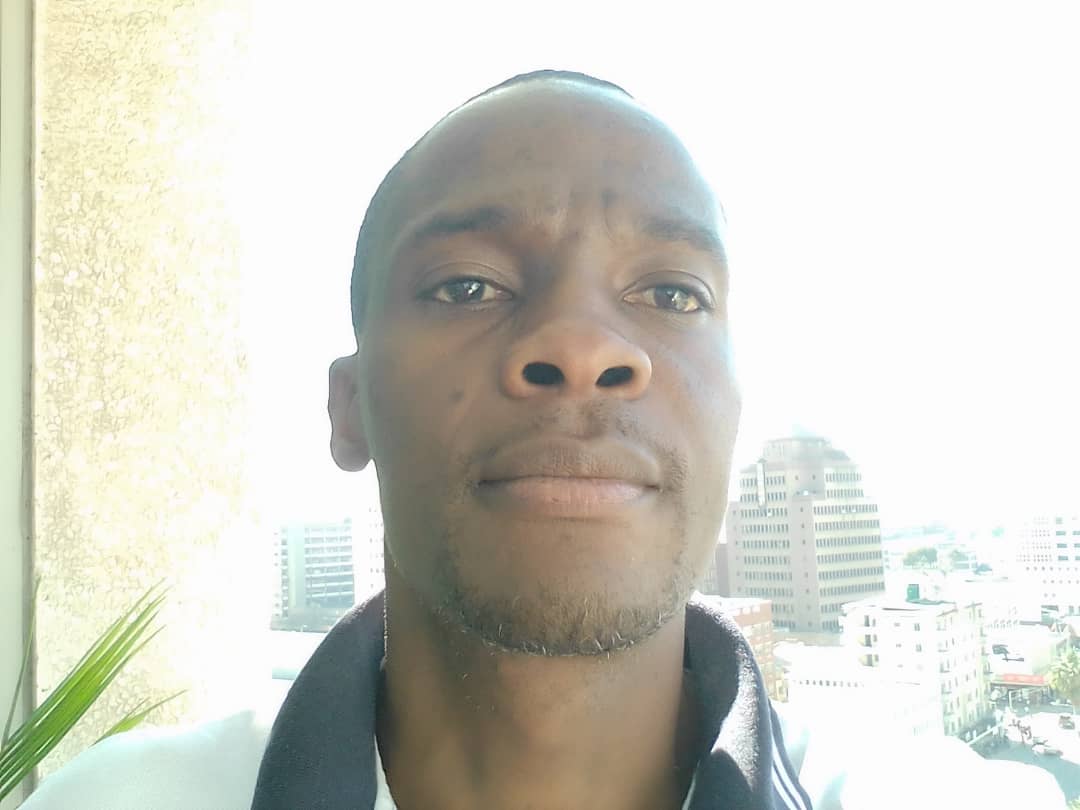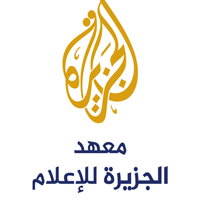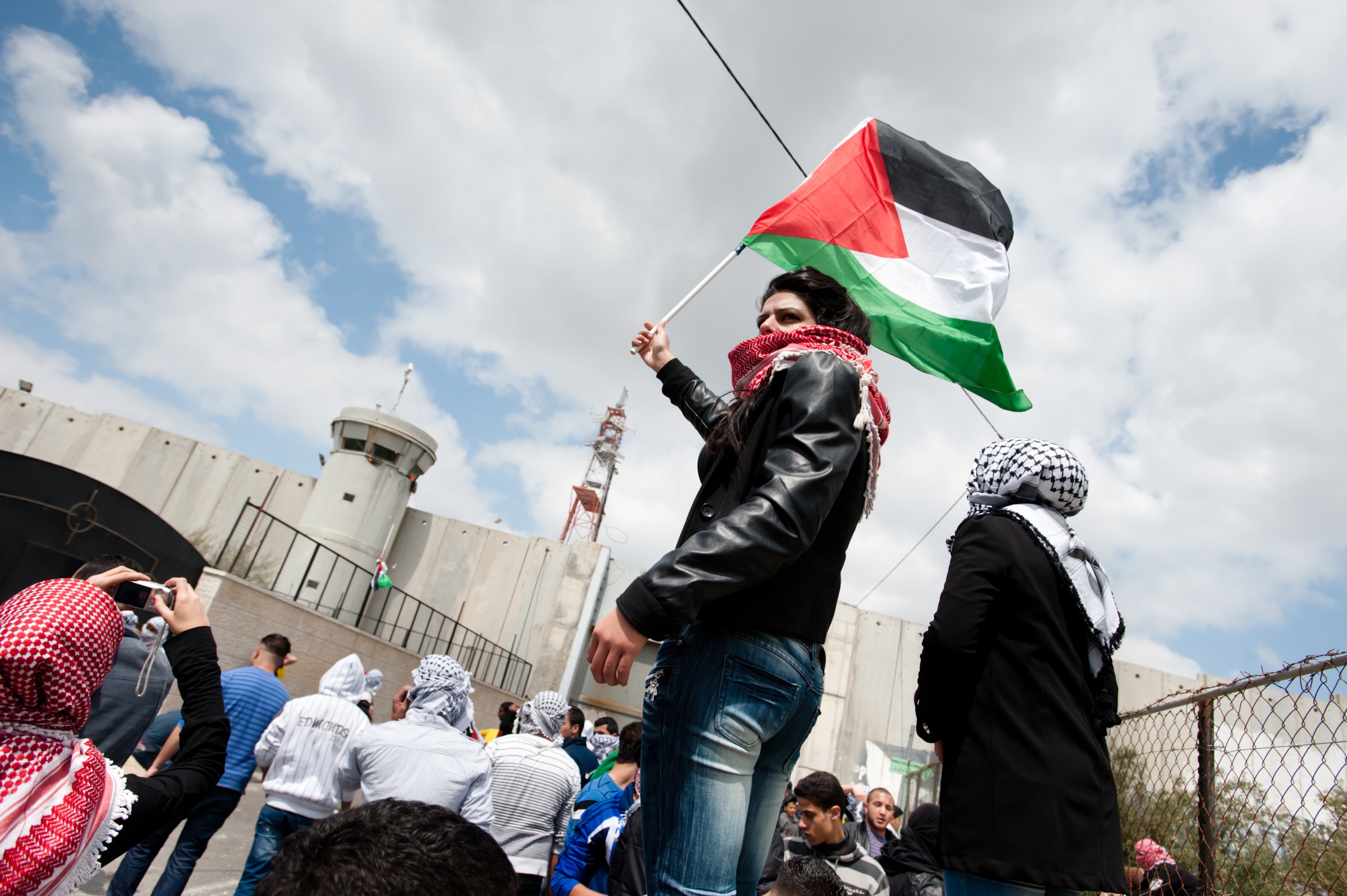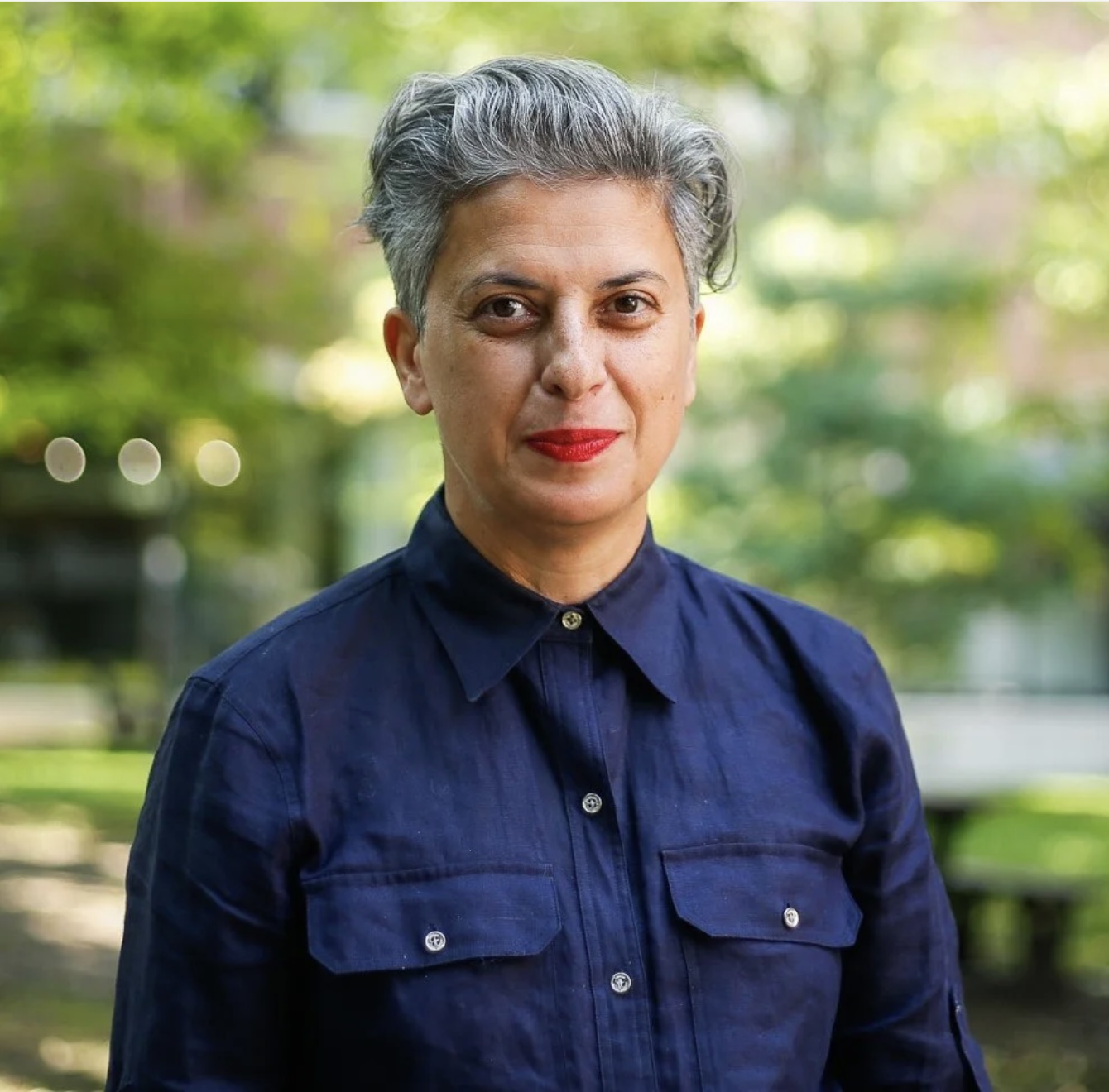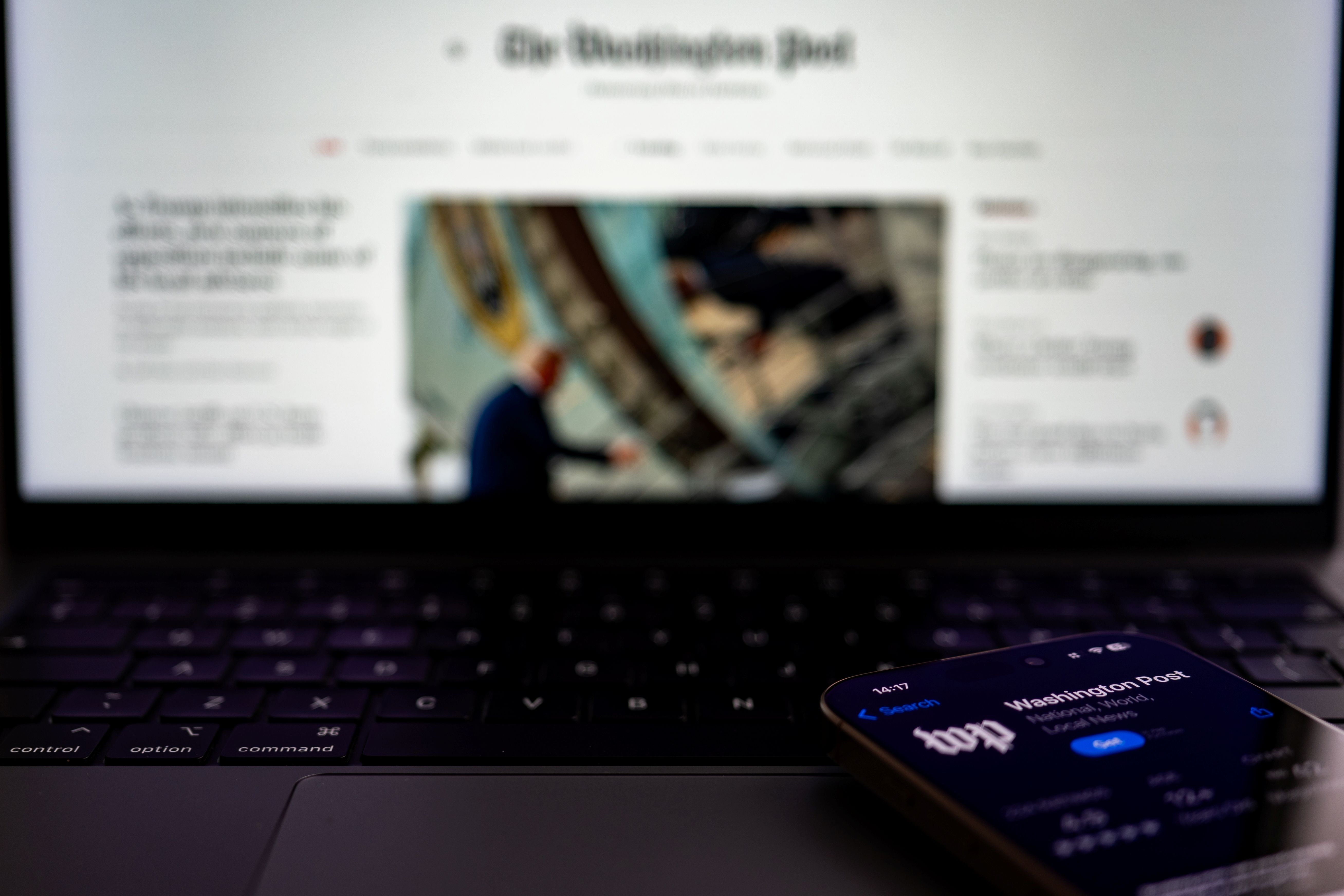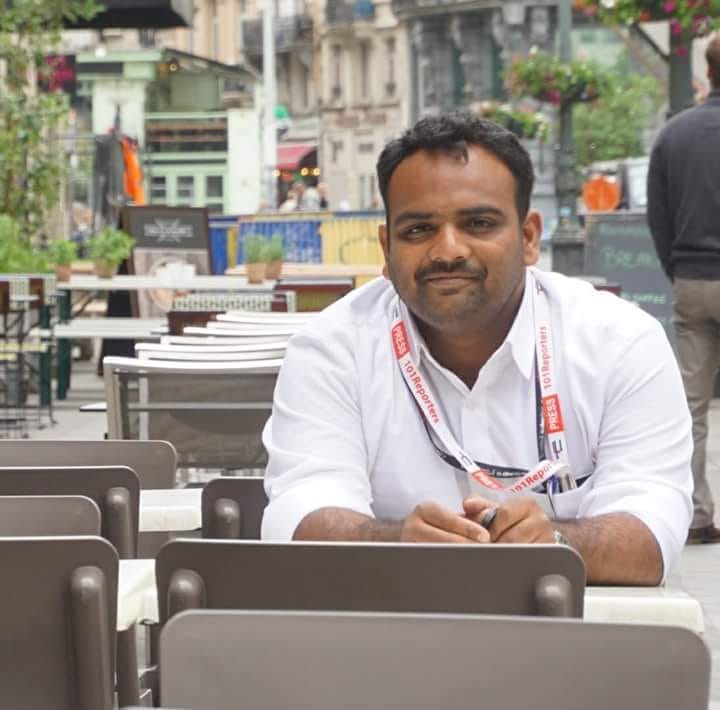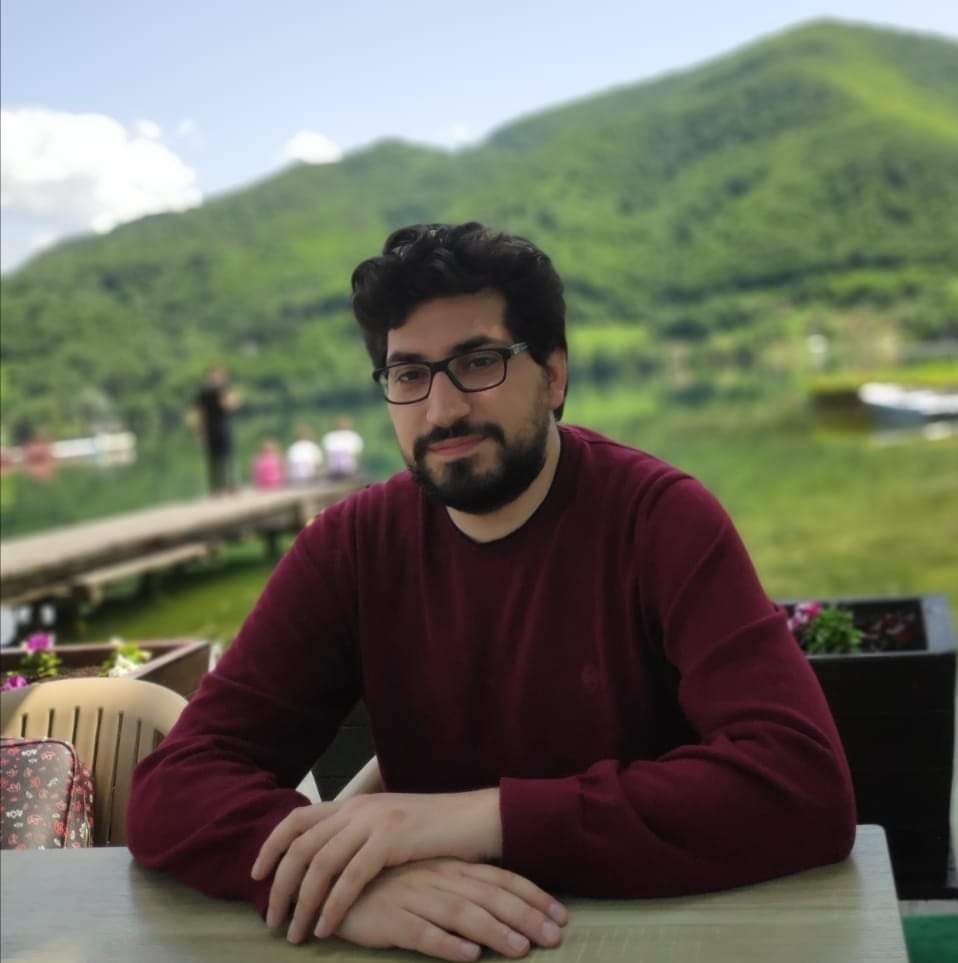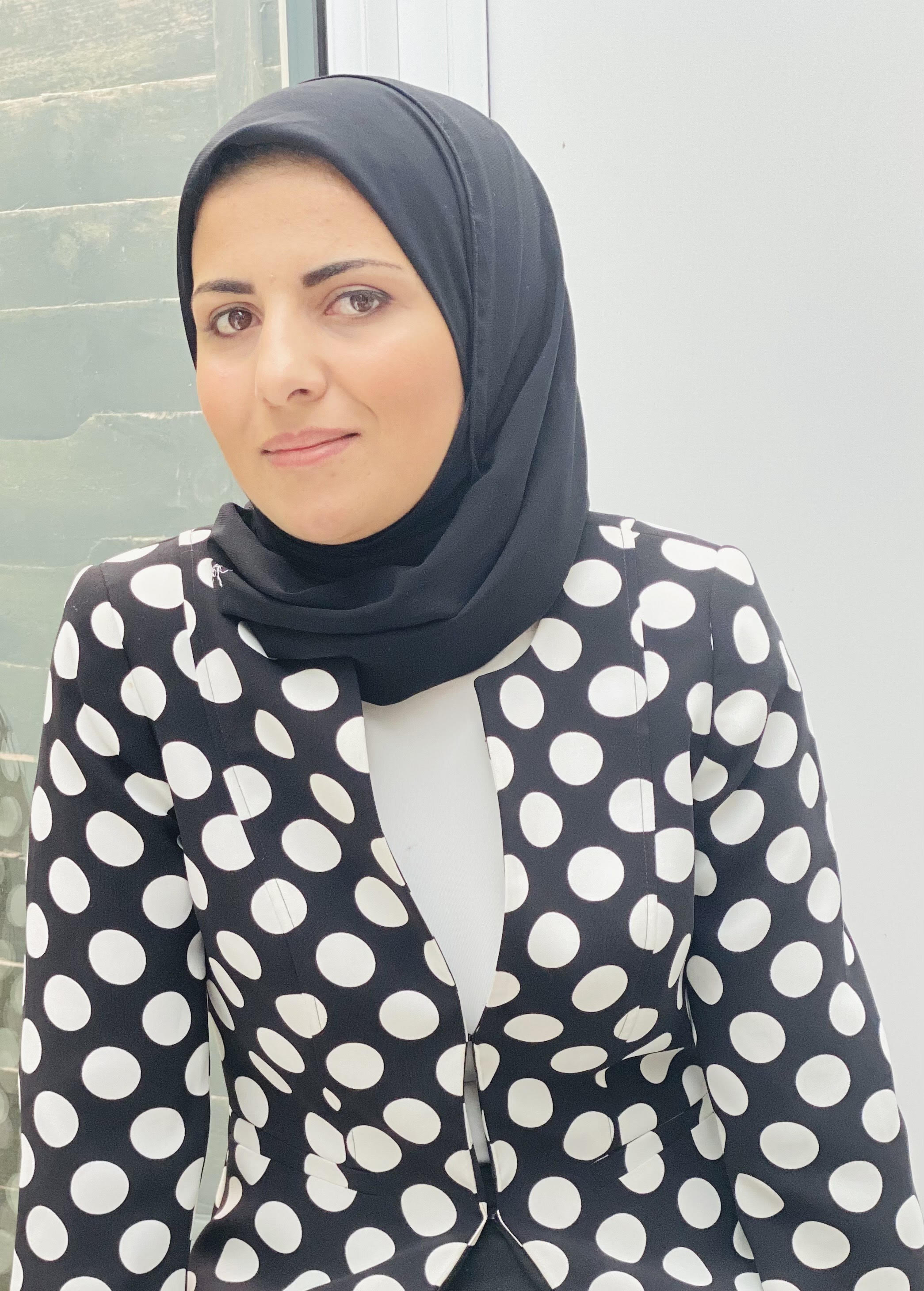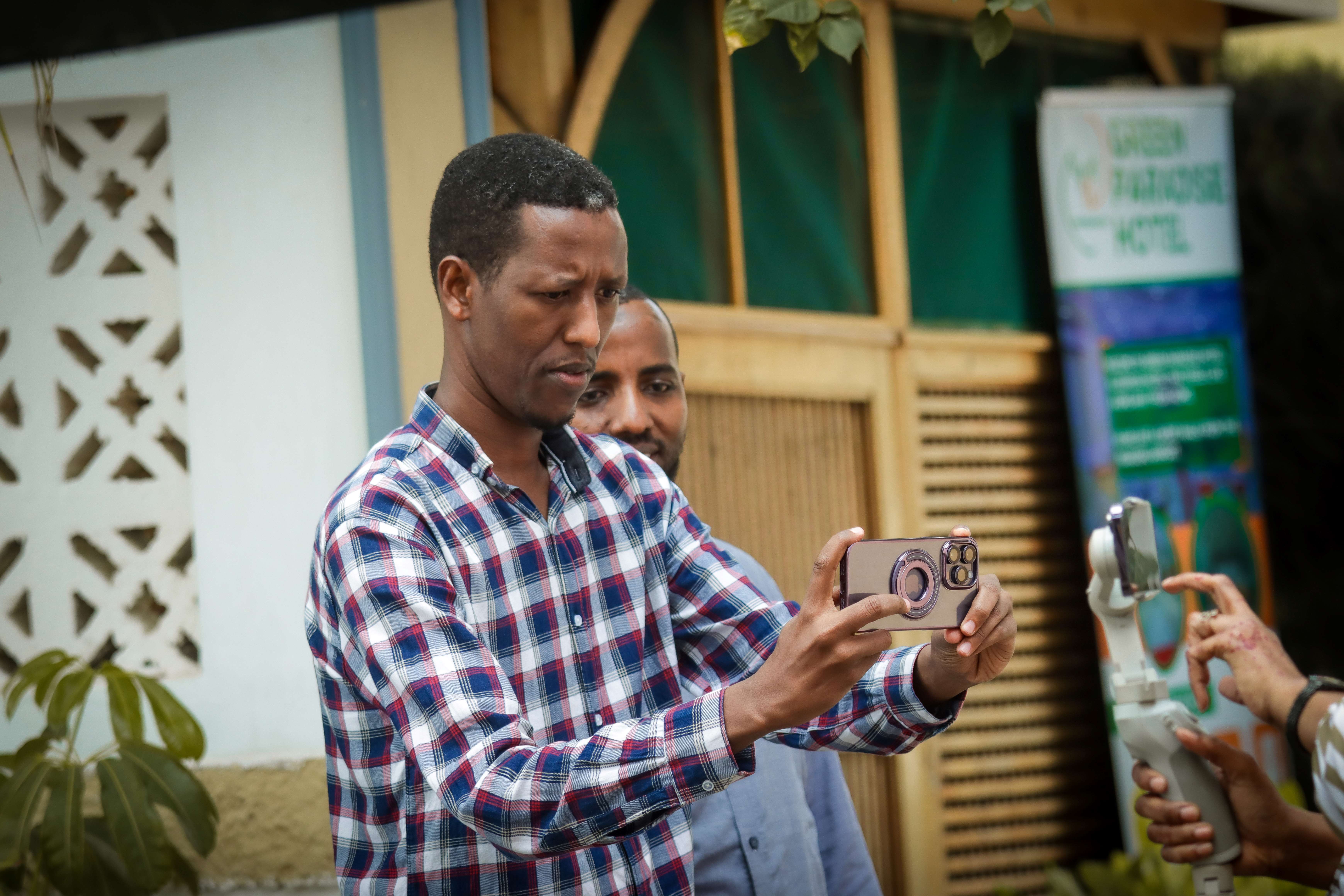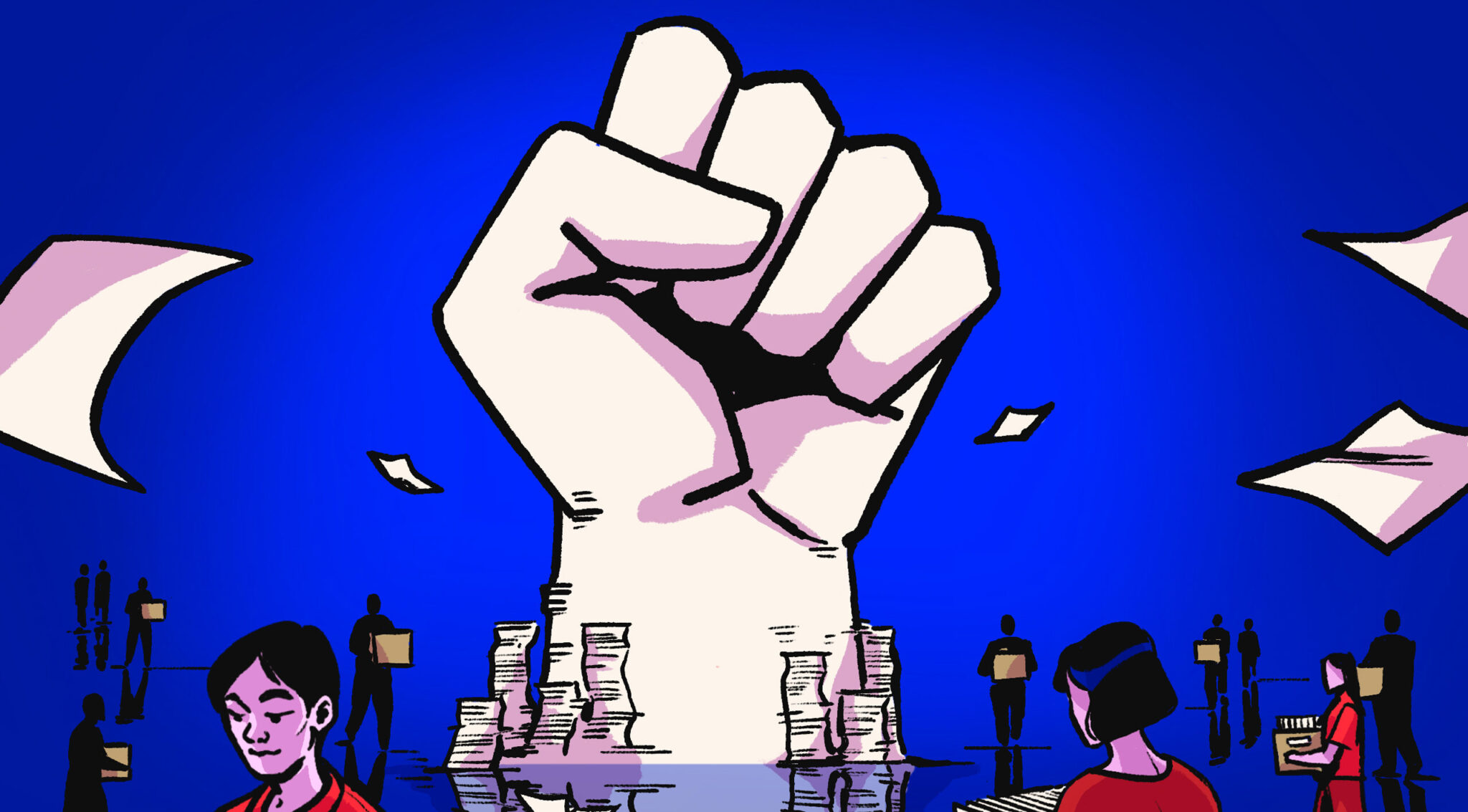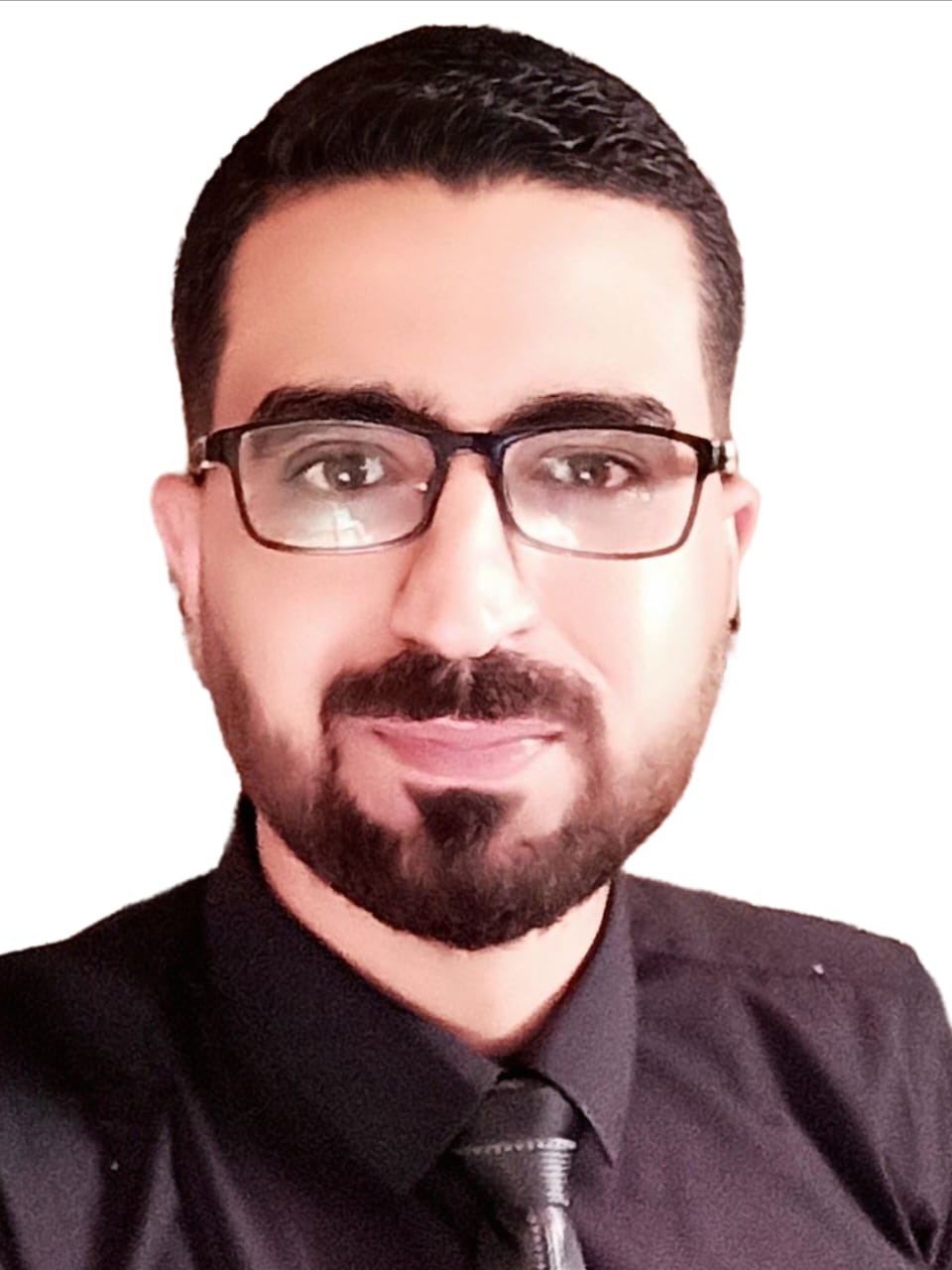في خبرها المقتضب حول الانتقاد الذي طالها جراء عرض فيلم وثائقي بعنوان "غزة: كيف تنجو في منطقة حرب؟" يتناول تفاصيل عن آثار الحرب الإسرائيلية على الفلسطينيين في قطاع غزة، ذكرت "بي بي سي" أن مجلس الهيئة البريطانية أصدر قرارًا نهائيًا بشأن المسألة، يتضّمن اعتذارًا عن التقصير في تبيّن "الثغرات الخطيرة" في الفيلم، كما أوضحت أنّ إجراءات إنتاجه كانت "دون مستوى التوقعات".
هذه الثغرات تتعلق- في ظاهرها- بأنّ الفيلم عرض شهادة طفل (14 عامًا) تبيّن لاحقًا أنّه نجل أحد المسؤولين في حركة حماس، المصنّفة في عدد من الدول ومن بينها المملكة المتحدة، منظمة "إرهابية". أمّا "التوقّعات" التي أشار إليها بيان الاعتذار، فلم يتّضح وجه الإحالة فيها؛ أهي التوقّعات المفروضة بموجب قواعد جديدة للمهنة تتساهل مع التعمية على الضحايا وكتم أصواتهم؟ أم التي تفرضها الإملاءات الإسرائيلية وجماعات الضغط الصهيونية في بريطانيا؟
كشفت طريقة التعاطي مع هذا الفيلم- الذي تأخر عرضه كثيرا على المنصّات الرقمية للهيئة البريطانية- عن المدى الذي يمكن أن يبلغه تحيّز وسائل الإعلام الغربية السائدة حول العالم، ومدى استسهالها الخضوع للضغط حين يكون مصدره إسرائيل والداعمين لها، حتى لو تطلب ذلك إسقاط معاناة ضحايا هُم أبرياء في العرف الإنساني والتعريف القانوني؛ نقصد الأطفال بحكم ضعفهم وعدم قدرتهم على تحمّل أي مسؤولية عن تبعات النزاعات والحروب، ما يجعلهم ضحايا بالأساس، فضلًا عن إهمال حقيقة أن الفيلم صوّر في ظروف عملٍ مستحيلة للصحفيين، حيث أغلقت إسرائيل الباب على الصحافة الأجنبية بالمطلق، وظلت تستهدف الصحفيين المحليين حتى قتلت منهم أكثر من 205 بحسب آخر إحصاء رسمي.
ولعل اجتماع مثل هذه المعطيات شجّع بعض الأوساط الصحفية في بريطانيا على الاحتفاء بالفيلم قبل تصاعد الحملة عليه، حتى في صحف تصنف أنها ذات اتجاه يميني محافظ وشديد الدفاع عن إسرائيل، مثل التايمز والديلي تليغراف؛ ففي التايمز نشر في 17 فبراير/ شباط مقال يرى أن فرادة هذا الوثائقي نابعة من تقديمه "وجهة نظر طازجة؛ حيث صور بشكل أساسي عبر منظور ثلاثة أطفال من غزة على مدار تسعة أشهر، بالتعاون مع مصورين ميدانيين من غزّة".
نشرت التايمز في 17 فبراير/ شباط مقالا يرى أن فرادة هذا الوثائقي نابعة من تقديمه "وجهة نظر طازجة؛ حيث صور بشكل أساسي عبر منظور ثلاثة أطفال من غزة على مدار تسعة أشهر، بالتعاون مع مصورين ميدانيين من غزّة".
الديلي تليغراف دافعت هي الأخرى عن الوثائقي ورأت فيه إضافة مهمة، خاصّة مع النظر إلى العدد الكبير للأفلام التي تناولت هجمات السابع من أكتوبر من وجهة نظر إسرائيلية.
أما في الغارديان، فنقرأ إطراء أوسع على الفيلم يقدمه الصحفي البريطاني جاك سيل:
"قام المخرجان بتوجيه المصورَين الفلسطينيين عن بُعد، بينما وثّقوا الحياة داخل ما يُسمى بـ"المنطقة الآمنة"، وهي مساحة في الجنوب الغربي من غزة تتغير باستمرار وتتقلص، حددتها إسرائيل كمكان يجب أن يقيم فيه الفلسطينيون النازحون. فحقيقة أن الكاميرات تركز بشكل أساسي على الأطفال، تخلق تأثيرًا مزدوجًا غير متوقع؛ فهي تجعل اللحظات العديدة المؤلمة في الفيلم أكثر إيلامًا، لكنها في الوقت ذاته تضفي عليها بصيصًا من الأمل".
الخضوع للضغط وازدواجية المعايير
رغم كل هذا الإطراء والإشادة بالفيلم، فإن الهيئة البريطانية سرعان ما خضعت لادعاءات حملة ممنهجة زعمت أنّ أولئك الأطفال الذين ظهرت شهاداتهم المروّعة عن حالهم خلال الحرب على غزّة، ليسوا إلا "أداة" في يد "إرهابيين"، وأنّهم (الأطفال الذين دمّرت إسرائيل بيوتهم ومدارسهم وأحياءهم) غير مستحقين لتخصيص أي حيّز من التعاطف معهم؛ ذلك أن "التوقّعات" تقضي بأن يظل الإعلام ينسج على منوال الدعاية الإسرائيلية التي تحتكر وحدها صورة الضحيّة.
"قام المخرجان بتوجيه المصورَين الفلسطينيين عن بُعد، بينما وثّقوا الحياة داخل ما يُسمى بـ"المنطقة الآمنة".. وحقيقة أن الكاميرات تركز بشكل أساسي على الأطفال، تخلق تأثيرًا مزدوجًا غير متوقع؛ فهي تجعل اللحظات العديدة المؤلمة في الفيلم أكثر إيلامًا، لكنها في الوقت ذاته تضفي عليها بصيصًا من الأمل".
كان أحد أبطال الفيلم هو الطفل عبد الله اليازوري، وهو نجل الدكتور أيمن اليازوري، الذي شغل منصب نائب وزير الزراعة في قطاع غزة، أي أنّه كان موظفًا مدنيًا في وزارة مدنية، في الحكومة التابعة لحركة حماس قبل الحرب. لقد كان هذا كافيًا لشنّ حملة على الفيلم والمطالبة بحذفه ومحاسبة القائمين عليه تحت غطاء "التدقيق الصحفي" ومعايير "العناية الواجبة" كما ادعت الهيئة.
لا يكشف الوثائقي، الذي قدّم مادته مصوران صحفيان من قطاع غزّة هما أمجد الفيومي، وإبراهيم أبو عشيبة، معلومات جديدة عن حجم الدمار الذي حلّ بالقطاع جراء الحرب التي شنّتها إسرائيل بعد السابع من أكتوبر، أو مستوى الوحشية التي مارسها جنود الاحتلال الإسرائيلي ضد المدنيين؛ فكلّ ذلك بات معروفا على نطاق واسع، وتدل عليه القضايا التي تلاحق إسرائيل في محكمتي العدل والجنائية الدوليتين وتقارير الأمم المتحدة والمنظمات الحقوقية، إلا أنّ قوة الوثائقي تكمن في صوت الأطفال الذين يروون بكلمات بسيطة ما حلّ بحياتهم أثناء الحرب، حتى في "المناطق الآمنة"، ووصفهم لكلّ ما لا يجدر بأي طفل في أي مكان معايشته واحتماله.
أحد أبطال الفيلم هو الطفل عبد الله اليازوري، وهو نجل الدكتور أيمن اليازوري، الذي شغل منصب نائب وزير الزراعة في قطاع غزة، أي أنّه كان موظفًا مدنيًا في وزارة مدنية، في الحكومة التابعة لحركة حماس قبل الحرب. لقد كان هذا كافيًا لشنّ حملة على الفيلم والمطالبة بحذفه ومحاسبة القائمين عليه تحت غطاء "التدقيق الصحفي" ومعايير "العناية الواجبة" كما ادعت الهيئة.
لقد اعتبرت إسرائيل انتقال هذه الرواية على لسان الأطفال عبر وسيلة إعلام سائدة مثل البي بي سي، ضرباً من "دعم الإرهاب"؛ فالفلسطينيون محض "حيوانات بشرية" بحسب يوآف غالانت، وزير الدفاع الإسرائيلي السابق في العام الأول من الحرب على غزّة. وكلّهم بحسب التقليد الخطابي الذي كرّسه السياسيون الإسرائيليون مبكرًا "همجيون" يدعمون "الإرهاب" (رغم أنّ الوثائقي لم يخل من انتقادات وجهها فلسطينيون للمقاومة)، وعليه فإنّ أي رواية إعلامية لا تصدّر وجهة النظر الإسرائيلي هي كذلك "إرهابية" أو "متواطئة مع الإرهاب"، بحسب عاصفة الاتهامات التي واجهتها الهيئة البريطانية.
واجهت بي بي سي هذه الحملة المزدوجة، من اللوبي الصهيوني المتحالف مع أقصى اليمين، وهي المعروفة بتحيزها الراسخ سلفًا لصالح الاحتلال الإسرائيلي وروايته حسب شهادات ورسائل موثقة نشرها صحفيون في الهيئة؛ ففي نوفمبر/ تشرين الثاني من العام المنصرم، وقع 100 من كوادر المؤسسة البريطانية على عريضة تنتقد فيها هذا التحيّز والتفضيل الواضح لإسرائيل في التغطية الإخبارية، على حساب الفلسطينيين، وتقصيرها عندما يتعلق الأمر بجرائم إسرائيل في الالتزام "بمعايير الصحافة النزيهة التي تراعي الأدلة"، بحسب ما ورد في العريضة.
إلا أنّ هذا التحيّز المؤسسي والممنهج داخل الهيئة، ورضوخها المتواصل للإملاءات الإسرائيلية، لم يعد كافيًا، ومن المرجّح أن يتواصل الابتزاز الإسرائيلي للمؤسسات الإعلامية كلّما تسنّت الفرصة، لتكون دولة الاحتلال هي الرقيب عليها، فيكون للشأن الفلسطيني "محرّر من المؤسسة العسكرية الإسرائيلية" في غرف أخبارها، كرقيب على كل خبر وتقرير وبرنامج وثائقي. وقد كشفت الحرب الجارية على فلسطين أنّ هذا النوع من التدخّل حاصل بالفعل، وهو خضوع حاصل "طواعية" بحسب ملاحظة الناقد والباحث السوري صبحي حديدي في تعليقه على تحقيق كشف تعيين شبكة سي أن أن عسكريّة سابقة في وحدة الناطق باسم الجيش الإسرائيلي لتصبح مراسلتها المعتمدة في تغطية الحرب على غزة، وموافقة الشبكة على إخضاع موادها الصحفية عن فلسطين لمراجعةٍ من مكتبها في القدس، وليس ذلك إلا لتصفية المادة من كل ما هو "غير ملائم للنشر" بنظر الرقيب الإسرائيلي.
على مدى عام ونصف من تاريخ هذه الحرب، نشرت الصحافة الغربية المهيمنة عشرات التقارير والمواد الوثائقية والحوارات والمقابلات الصحفية المتحيزة التي تشكّل انتهاكات مهنيّة مركّبة، وأسهمت بشكل مباشر في تقديم الغطاء المعنوي لدولة احتلال في هجومها الذي استهدف تصفية منابع الحياة في قطاع غزّة. في مقدمة هذه الانتهاكات التي ترقى إلى درجة الفضيحة المهنية والأخلاقية، كان تقرير نيويورك تايمز الصادر في ديسمبر/ كانون أول 2023 عن دعاوى "الاغتصاب" واستخدامه سلاحا منهجيا في السابع من أكتوبر. شارك في هذا "التحقيق" صحفية إسرائيلية كانت مجندة سابقة في جيش الاحتلال، وتبيّن من خلال سلوكها على وسائل التواصل الاجتماعي أنّها تدعم علانية تحويل قطاع غزة إلى "مسلخ". ورغم كل الأدلة والتقارير، والتسريبات التي تتحدث عن معارضة من داخل الصحيفة للتقرير لافتقاره لقواعد الرصانة المهنية والأخلاقية، إلا أنّه ما يزال حيًا على موقع نيويورك تايمز.
هذا التحيّز المؤسسي والممنهج داخل الهيئة، ورضوخها المتواصل للإملاءات الإسرائيلية، لم يعد كافيًا، ومن المرجّح أن يتواصل الابتزاز الإسرائيلي للمؤسسات الإعلامية كلّما تسنّت لها الفرصة، لتكون هي الرقيب عليها، وأن يكون للشأن الفلسطيني "محرّر من المؤسسة العسكرية الإسرائيلية" في غرف أخبارها، كرقيب على كل خبر وتقرير وبرنامج وثائقي.
أمّا في "بي بي سي" نفسها، فكثيرة هي التحقيقات التي تقف على أوجه انحياز الهيئة لإسرائيل خلال تغطية الحرب على غزة، والعمل على "تحريف" الأخبار لصالحها، بحسب ما أكّده صحفيون يعملون لديها سربوا تلك التفاصيل للإعلام غيرَ مرّة. كما تصمت الهيئة حتى اليوم عن تحقيقات أخرى حول تورّط محررين نافذين في الهيئة من المكلّفين بمنطقة الشرق الأوسط وشؤونها، بعلاقات مع سياسيين ودبلوماسيين إسرائيليين، ومن بينهم مايكال شوفال، المحرر في مكتب بي بي سي في القدس، إضافة إلى رافي بيرغ محرر شؤون الشرق الأوسط في الموقع الإلكتروني للهيئة. ورغم وفرة التقارير المستقلة التي تثبت ذلك، والشكاوى المتكررة من داخل الهيئة وخارجها التي تطالب بضرورة اتخاذ خطوات جدّية لمراجعة هذه الخروقات المهنيّة والتحقيق فيها بحسب ما تقتضي معايير "العناية الواجبة"، على غرار ما فعلت بشأن الفيلم الوثائقي، إلا أنّ شيئًا من ذلك لم يقع، ولم تتخذ الإدارة أي خطوة للتحقيق في هذه التجاوزات، تدّل على أي إمكانية لتصحيح هذا المسار من الانحدار المهني والأخلاقي.
